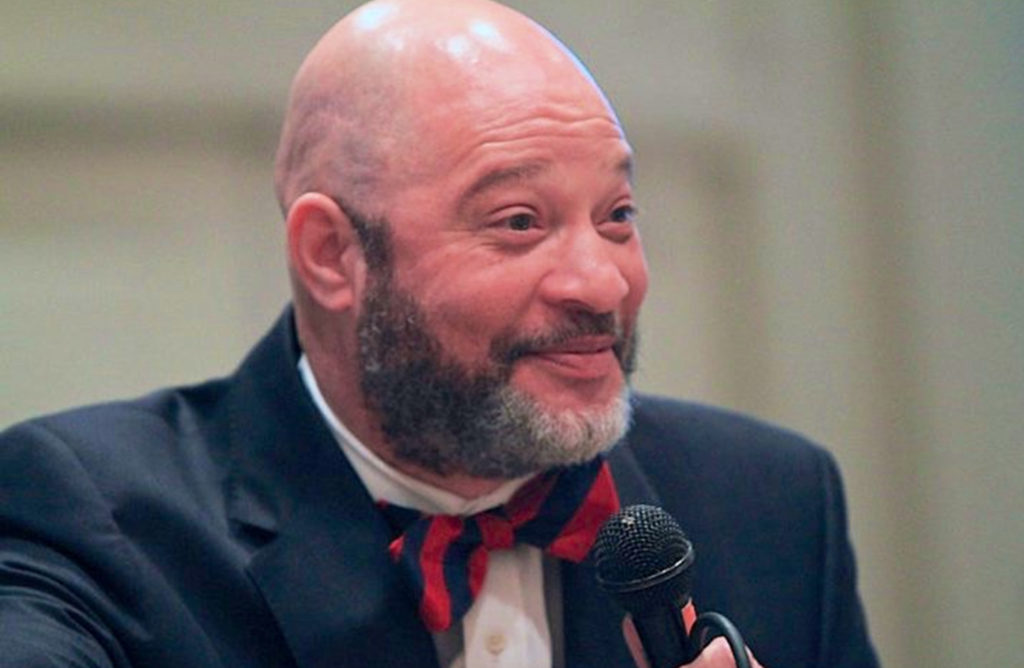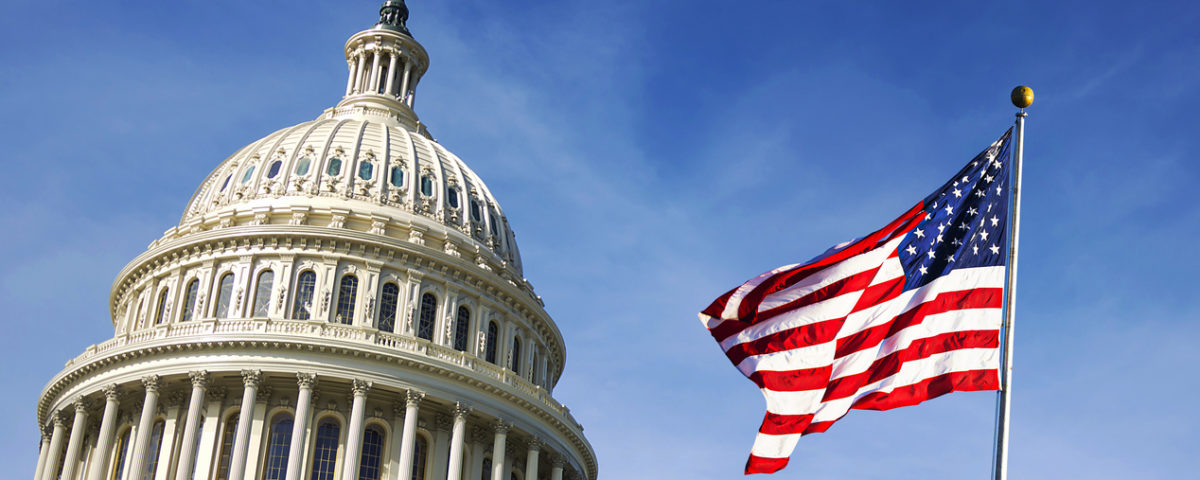5 Building Blocks of Strong Nonprofit Brands
May 30, 2020
Jackson Doggette – NANOE Board of Directors – It’s Been My Pleasure
June 1, 2020Charity PPP Loan Flexibility Act – Seven Things Nonprofits Need to Know

Charity PPP Loan Flexibility Act – Seven Things Nonprofits Need to Know is INSIDE CHARITY’s review of the new Paycheck Protection Program Flexibility Act which “attempts” to ease restrictions on charities as they seek loan forgiveness under the Paycheck Protection Program authorized by the CARES Act. While there is optimism in Washington that this new bill will reach President Trump’s desk for signature, there is no guarantee of when or if this may happen. And, until that occurs, the new and harsher Treasury regulations issued on May 22 will dictate how the PPP loan forgiveness process works.
The biggest problem with the new regulations is that your nonprofit will likely need a lawyer, accountant, and advanced degree in mathematics to figure out how to calculate the forgivable portion of the loan. The government once again did not realize the administrative burden these rules place on charities at a time when they’re trying to figure out how to survive the coronavirus shutdown and cautious reopening of our economy.
1. The SBA can review any loan at any time
The May 13 Treasury FAQs provided a “safe harbor” for all loans under $2 million, deeming them made in “good faith” that the economic uncertainty faced by the borrower necessitated the loan. However, it did leave the door open to the possibility that the SBA could review all loans made to charities to determine eligibility and accurate calculations for the loan amount and forgiveness.
The new regulation elaborates on this as follows:
“For a PPP loan of any size, SBA may undertake a review at any time in SBA’s discretion. For example, SBA may review a loan if the loan documentation submitted to SBA by the lender or any other information indicates that the borrower may be ineligible for a PPP loan, or may be ineligible to receive the loan amount or loan forgiveness amount claimed by the borrower. 13 CFR 120.524(c).”
Once again, eligibility refers to access to “credit elsewhere,” or the “liquidity” of the borrower. So, under these rules, the SBA could review your loan and determine you had credit elsewhere or other funds, and require you to pay back the loan in full or in part. Banks lose out on this one too, as the SBA can withhold the bank fee or “claw” it back if they make this determination. The SBA will still guarantee these loans, however.
Many business groups, including the Independent Community Bankers Association (ICBA), are lobbying aggressively for a true “safe harbor,” for which loans under $1 million will be considered eligible, not reviewable, and forgiven. The overwhelming majority of PPP loans are under $1 million. Even without this, audits of this nature will likely be rare as the SBA lacks the capacity to conduct a large number of them. However, if your loan is over $2 million and you had sufficient liquidity or credit elsewhere, you may consider repaying the loan or be prepared for an audit.
2. The loan forgiveness process could take up to 5 months
Once you file the forgiveness application with your bank, it will have 60 days to review it and let you know the amount of forgiveness. The bank will then notify the SBA of the amount of forgiveness and the SBA will have 90 days to approve the bank’s decision.
The SBA can request more information from your lender or nonprofit directly and then will approve the amount in whole or in part. If the SBA determines a portion or all of the loan did not meet the guidelines for eligibility or forgiveness, it can request repayment of the loan or “pursue other available remedies.” The guidelines do not explain what these other remedies might be. Borrowers do have the right to appeal decisions rejecting forgiveness to the SBA.
It is important to note the SBA now requires borrowers to keep all files and paperwork on PPP loans for six years. The regulation states:
“As noted on the Loan Forgiveness Application Form, the borrower must retain PPP documentation in its files for six years after the date the loan is forgiven or repaid in full, and permit authorized representatives of SBA, including representatives of its Office of Inspector General, to access such files upon request from the time of application.”
While not expressly stated, presumably the SBA may have six years to audit loans and potentially take action.
3. The borrower is responsible for forgiveness calculation
The guidelines make clear that the borrower is responsible for calculating the forgiveness amount and providing the necessary documentation along with the forgiveness application released on May 15. It is then the lender’s responsibility to make a “good faith” review of the application. The guidelines articulate that a “good faith” review would include checking a payroll report from a third-party provider, or, in lieu of that, cancelled checks, lease agreements, and utilities bills.
4. Employees must be rehired by June 30, 2020
The rehire date did not change from June 30 in these new regulations, but they did clarify a few items. First, if an employee was fired for cause, voluntarily resigned, or voluntarily requested reduced hours due to the coronavirus, the borrower can still request forgiveness for the amount of payroll for that employee. It is critical to document this scenario in writing to provide to your lender with the forgiveness application. Likewise, as before, if an employee rejects an offer for rehire, the correspondence must be documented in writing for forgiveness.
Charity PPP Loan Flexibility Act – Seven Things Nonprofits Need to Know
5. Loan forgiveness tied to maintaining the same number of full-time employees
Your amount of forgiveness is tied to having the same number of full-time employees as you did when calculating the loan amount. Thus, your forgiveness amount will be reduced by the same percentage of the reduction of your full-time employees or full-time equivalents.
So, break out your calculators for this one. Traditional SBA loans consider 32 hours per week as a full-time employee. Under PPP, a full-time-equivalent employee must work 40 hours per week. The new guidelines give you two ways to calculate the amount of forgiveness for employees working less than 40 hours per week: If a 40-hour-per-week employee equals 1, you can just calculate all part-time employees as 0.5 or, alternatively, divide the actual number of hours worked by 40. So, for example, an employee working 30 hours would count as 0.75. You will need to add up these part-time employees to determine by what percentage your workforce was reduced, and be prepared to have your loan forgiveness amount reduced accordingly.
6. Loan forgiveness tied to maintaining the same wages per employee
Any amount of wages reduced in excess of 25% per employee will not be forgiven. The new Treasury guidelines also provide that if an employee earns less than $100,000, you can offset wage reductions with hazard pay and bonuses that are eligible for forgiveness. While this is fairly straightforward, the new guidelines clarify that the wage reduction “applies only to the portion of the decline in employee salary and wages that is not attributable to the FTE reduction.” This rule, a rare positive in this round of guidance, is intended to avoid double harming borrowers for both wage and head count reduction.
7. Owner employees and the self-employed payroll forgiveness capped at $15,385
There seems no rhyme or reason for this rule. The maximum loan amount for a self-employed individual would be based on $100,000 annual compensation, the limit for all employees covered by PPP. $100,000 divided by 12 months and multiplied by 2.5 as provided in the application process results in a loan amount of $20,833. This arbitrary cap will create roughly a $5,000 difference. Many self-employed individuals work from home or have minimal expenses to make up this gap, likely leaving many with a portion of the loan unforgiven.
Conclusion
Once again, many advocacy groups like the ICBA expressed dismay over these regulations to both Congress and the Trump Administration. The House bill could fix many of the problems created by these new regulations and the unfavorable and unfair result of new debt for struggling nonprofits; short-term, low-interest, and potentially “bad” loans held by banks; and the administrative burden on business owners an SBA audit would demand. Not to mention, there is still tremendous economic uncertainty as the U.S. economy cautiously reopens. It would be in the best interests of our economy to make the PPP forgiveness process as simple and seamless as possible for the small business community.
For more articles like Charity PPP Loan Flexibility Act – Seven Things Nonprofits Need to Know VISIT HERE
Charity PPP Loan Flexibility Act – Seven Things Nonprofits Need to Know was originated from Forbes.
Charity PPP Loan Flexibility Act – Seven Things Nonprofits Need to Know and other INSIDE CHARITY content and comments are for informational purposes only, you should not construe any such information or other material as legal, tax, investment, financial, or other advice. All content on this site is information of a general nature and does not address the circumstances of any particular individual or entity. Nothing on this site constitutes professional and/or financial advice, nor does any information on the site constitute a comprehensive or complete statement of the matters discussed or the law relating thereto.

1 Comment
We are a bona fide 501(c)3 with two independent contractors instead of full time employees. Both of us submit a 1099 form each year.
Are we, either or both, ineligible for coronavirus relief, or is there some recourse?
Thanks,